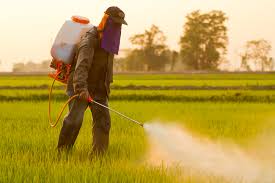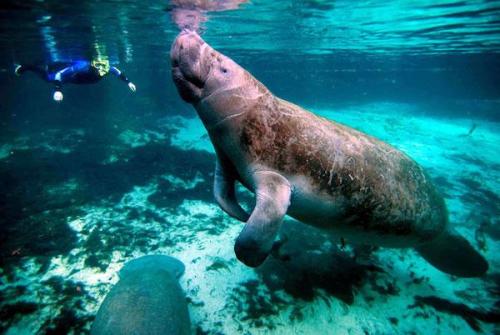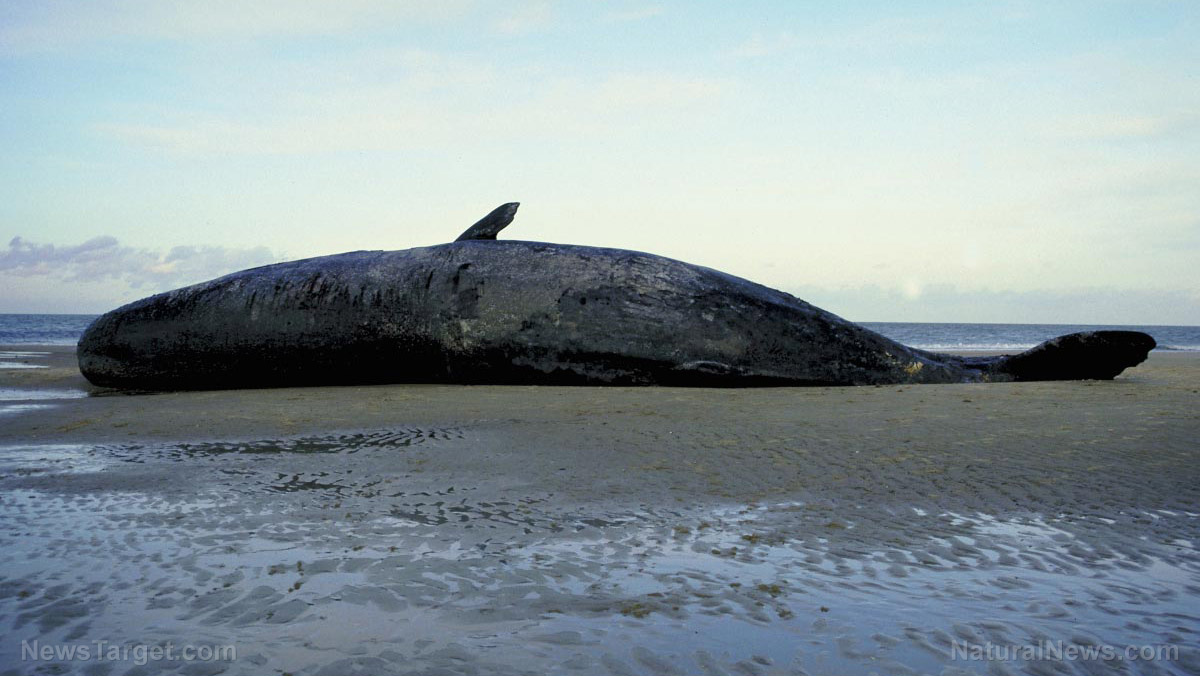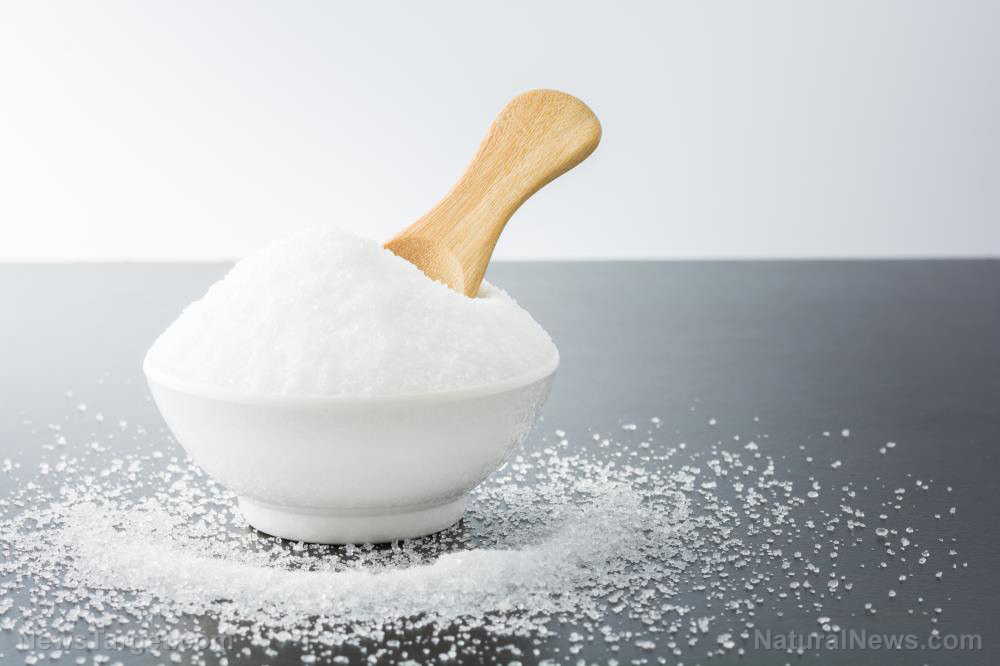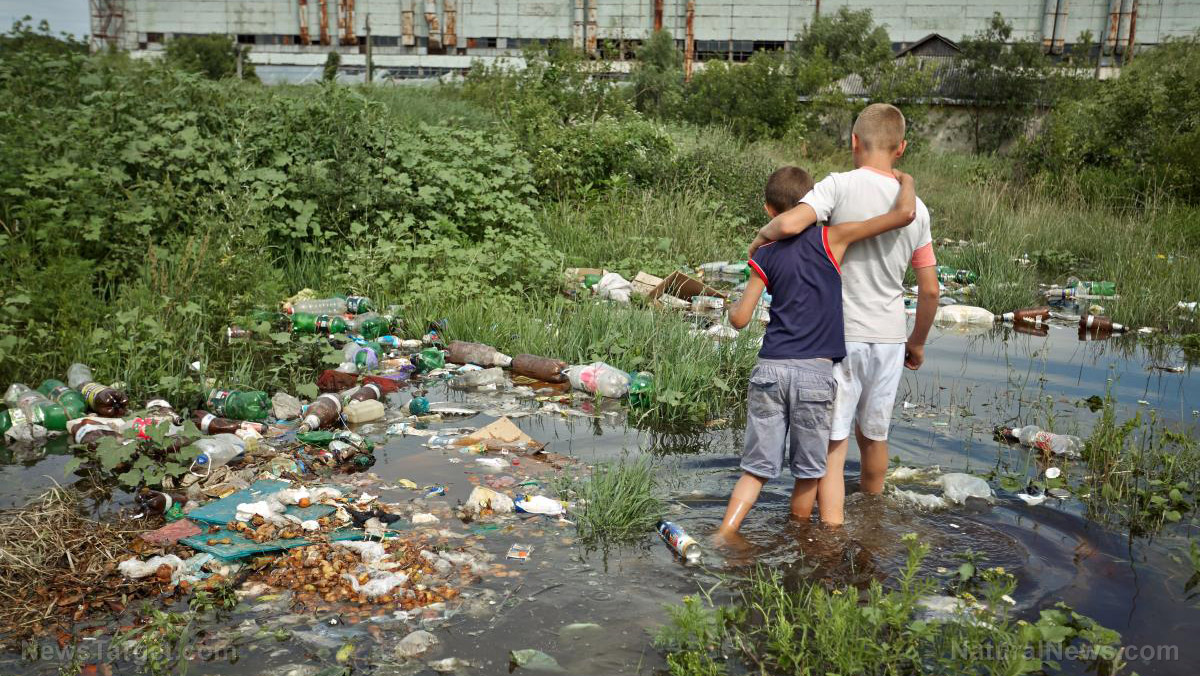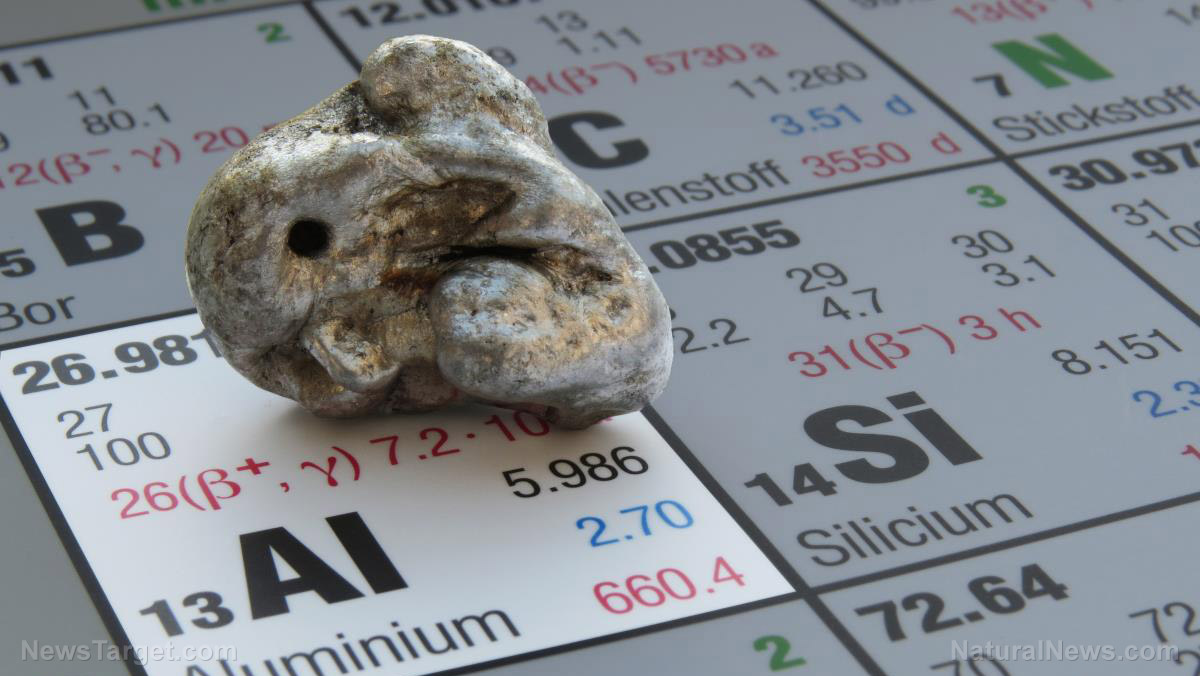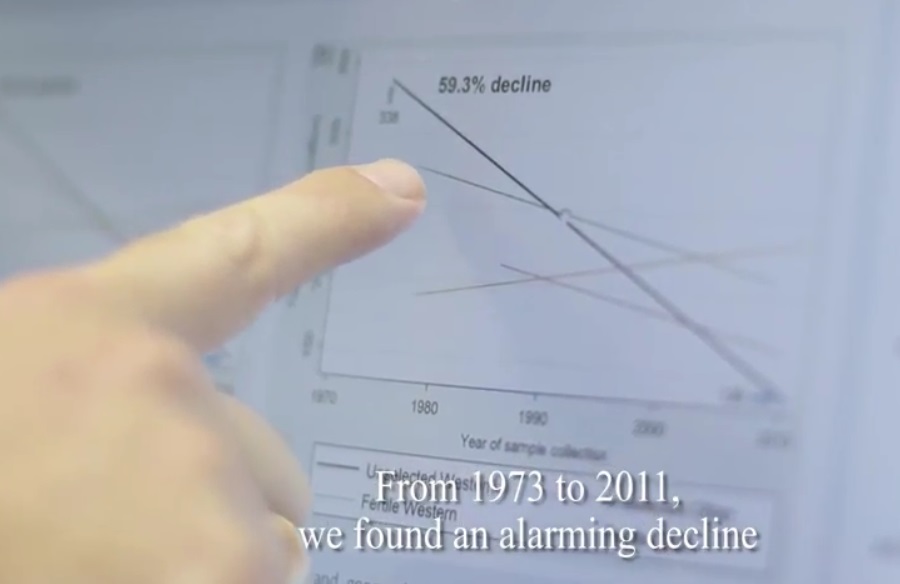Air quality on cruise ship deck ‘worse than world’s most polluted cities’, investigation finds
05/01/2019 / By News Editors
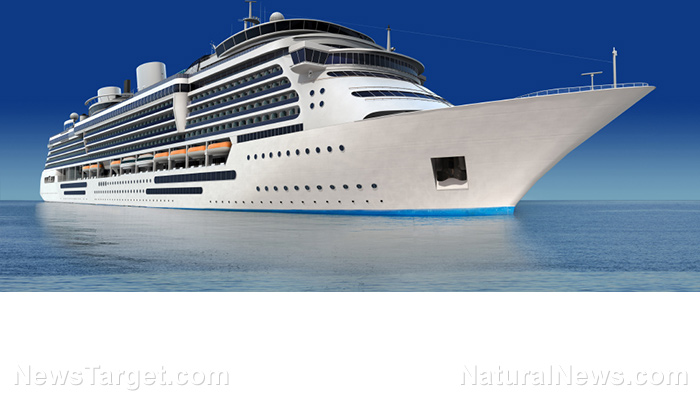
Levels of pollution on some cruise ships’ decks are worse than in the world’s most polluted cities, an investigation by Channel 4 Dispatches has found.
(Article by Chloe Farand republished from Independent.co.uk)
The undercover investigation on Britain’s biggest crew operator P&O Cruises aimed to find out how clean the air holidaymakers breathe when on a ship is.
It focused on the levels of “ultra-fine particles” found in the air and around the cruise ship and emitted from the fuel the ships’ engines burn.
But while passengers hope to escape the dirty air of cities for some fresh sea air, the investigation found cruise ships are having a negative impact on the environment. One cruise ship can emit as much particulate matter as a million cars in a day.
Meanwhile cruise ships are becoming more popular with around two million people from the UK traveling on one every year.
By using a P-Trak ultra-fine particle counter, Dispatches said it was able to measure the levels of the ultra-fine particulates on board the P&O Cruises’ ship Oceana, which can carry more than 2,000 passengers.
The device found that the air on the deck downwind of, and directly next to the ship’s funnels, had 84,000 ultra-fine particulates per cubic centimeter.
Directly next to the funnels on the deck, the numbers rocketed to 144,000 with a peak at 226,000.
This is more than double the average found in central London’s Piccadilly Circus, where using the same device, the Dispatches team recorded 38,400 ultra-fine particulates per cubic centimeter.
While the deck is popular with sun-bathers, passengers are likely to be breathing some of these particulates, which are harmful for health and the environment.
Speaking to Dispatches, Dr Matthew Loxham said: “It is clear from those results that there are certain areas of the ship that are affected by quite high levels of particulate matter.
“These are levels that you would expect to see in the most polluted cities in the world like Shanghai, Delhi and so on.”?
Looking at the results, Dr Loxham also said the findings suggested the majority of the particulates were coming directly from the ship’s funnels.
He said: “Short term exposure can cause increasing respiratory symptoms. People who are asthmatic for example, that might give them a wheeze. Similarly for people with cardiovascular disease. Now that is not to say that these levels of particulates on this ship are going to do that but there is much evidence out there to suggest that increase levels of particulates can cause these symptoms.”
Dr Loxham added that crew members working on the ship and who experienced repeated exposure could experience symptoms “that we are just starting to understand”.
Speaking to the Dispatches team, Daniel Rieger, of the German environment association NABU (Nature And Biodiversity Conservation Union), said: “Ships cause not only greenhouse gas emissions, but also sulphur oxides, nitrogen oxides and particulate matter.
“Per day one cruise ship emits as much particulate matter as a million cars. So 30 cruise ships pollute as much as all the cars in the United Kingdom.”
John Maggs, president of the Clean Shipping Coalition, also told Dispatches: “Most large ships burn heavy fuel oil. It’s a residual product from the refining industry, so after the refiners have produced the petrol and diesel we put in our cars, they’re left with what is essentially a waste product. It’s called residual fuel, or heavy fuel oil.
“From an environmental point of view, it’s bad because of the air pollution caused by the very high sulphur content. The shipping industry, however, has traditionally liked it because it’s much cheaper than other fuels.”
Responding to the findings revealed by the investigation, P&O Cruises said: “Since 2005 we have reduced our fuel consumption by 28 per cent, with the accompanying reduction in air emissions.”
It added that the Oceana is to be fitted with “exhaust gas cleaning systems, which have been installed on 60 ships across its brands”.
“This action significantly improves the quality of air emissions. Soot and particulate matter reductions in excess of 80 per cent have been achieved.”
P&O also said that in 2014 it had reduced CO2 emissions by 20 per cent and had “renewed its goal to continue reducing the rate”.
It said: “The health, safety and welfare of guests and crew across all our ships is our absolute highest priority… We recognise that there is a public interest… related to particulate matter and related health issues”.
Read more at: Independent.co.uk
Tagged Under: air quality, cruise, cruise ships, environment, ships



